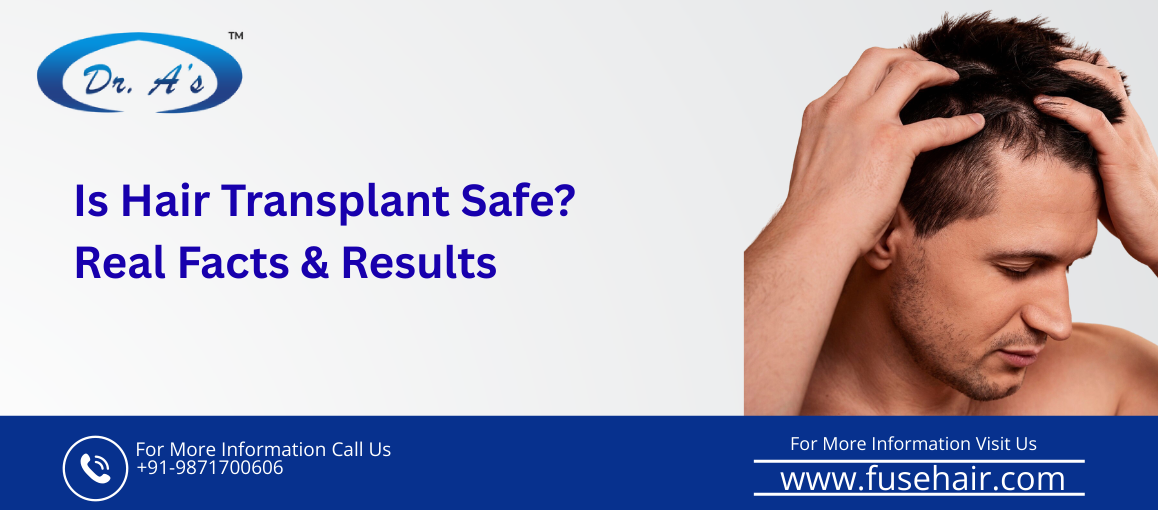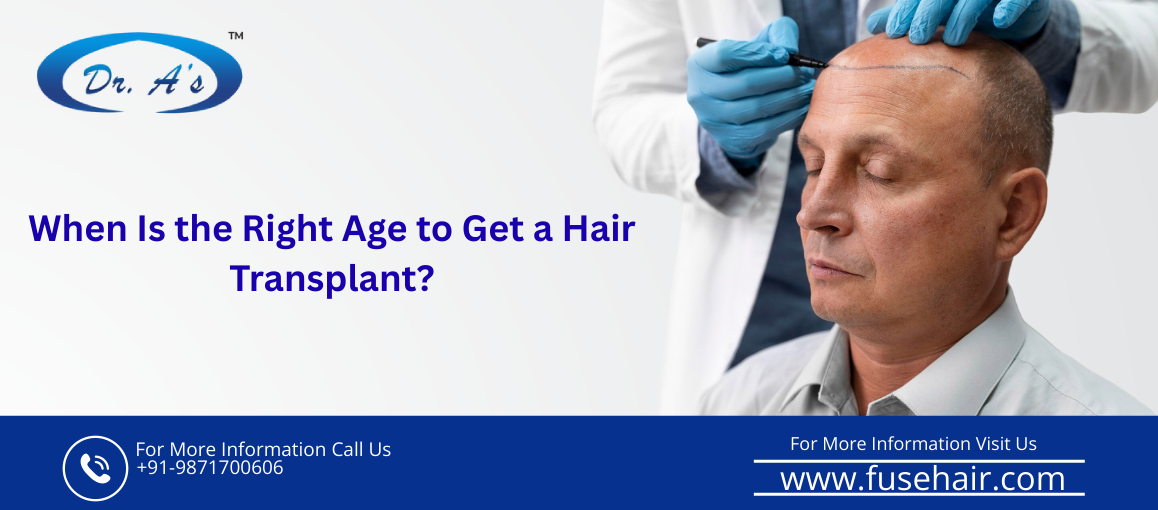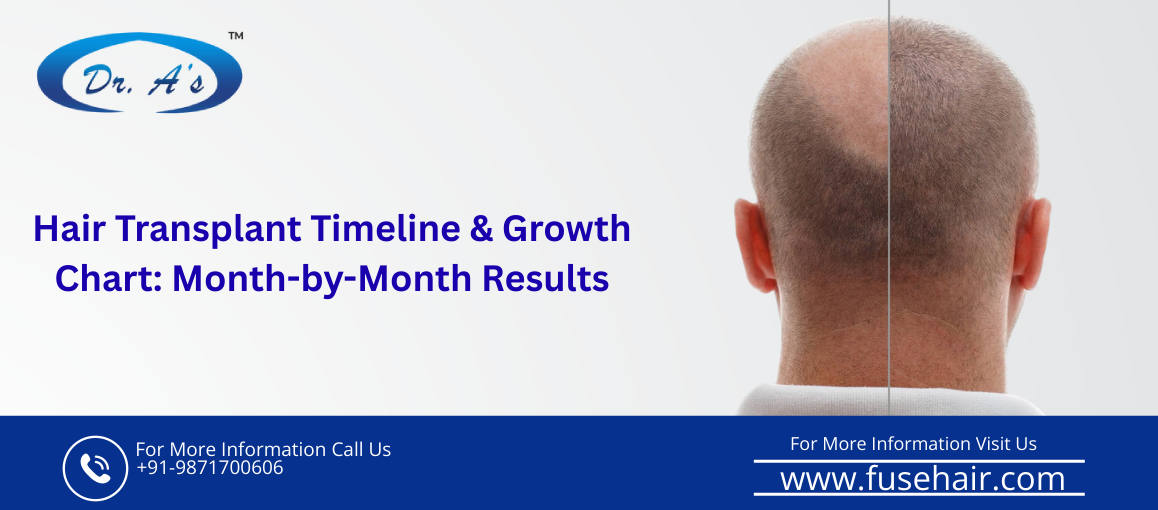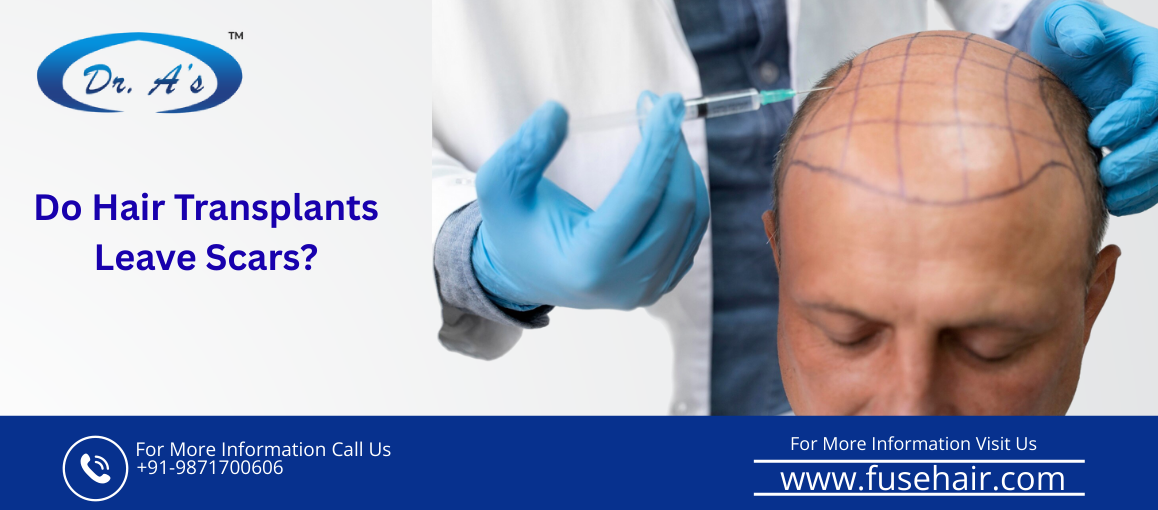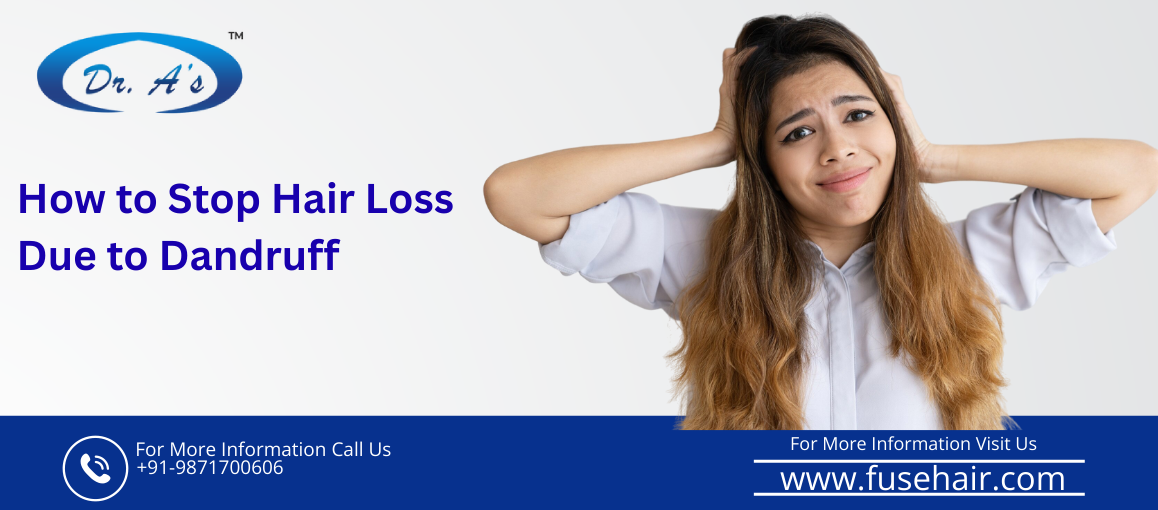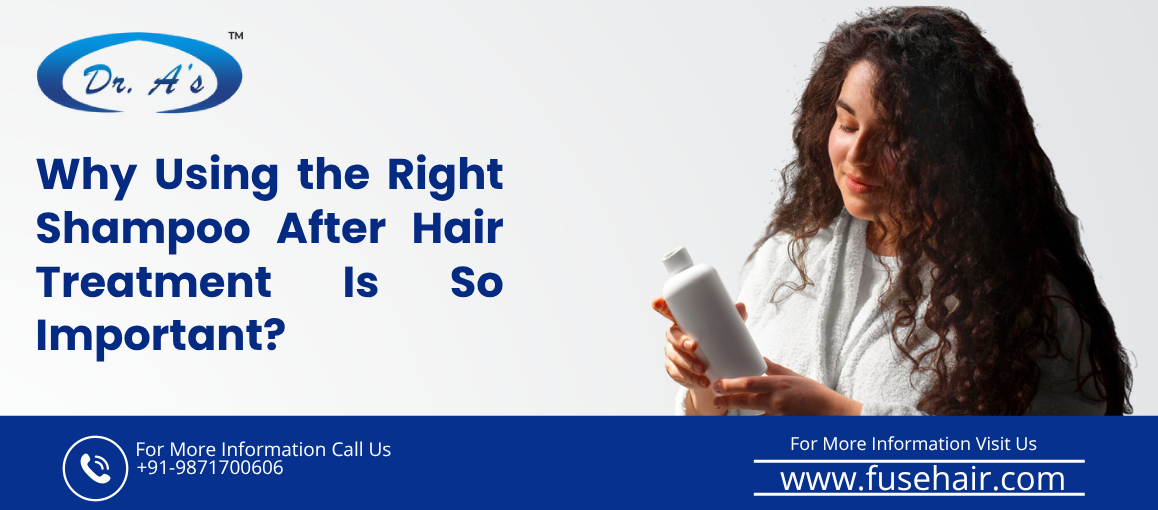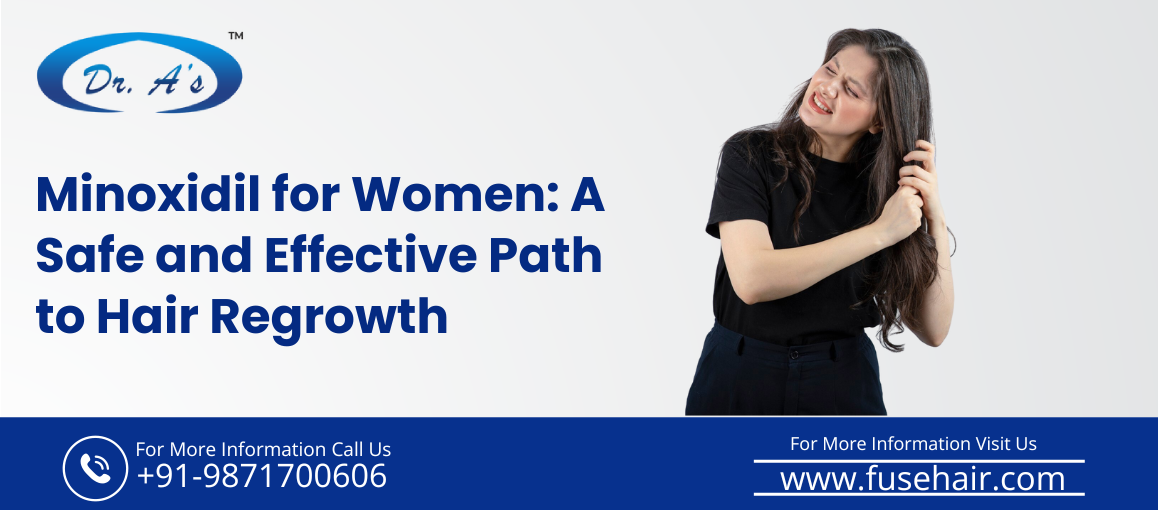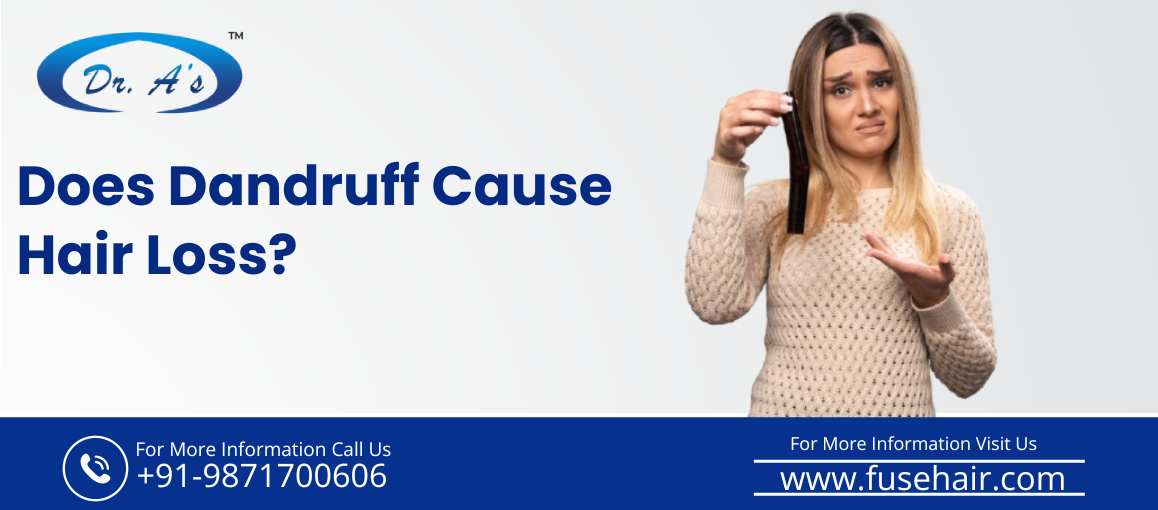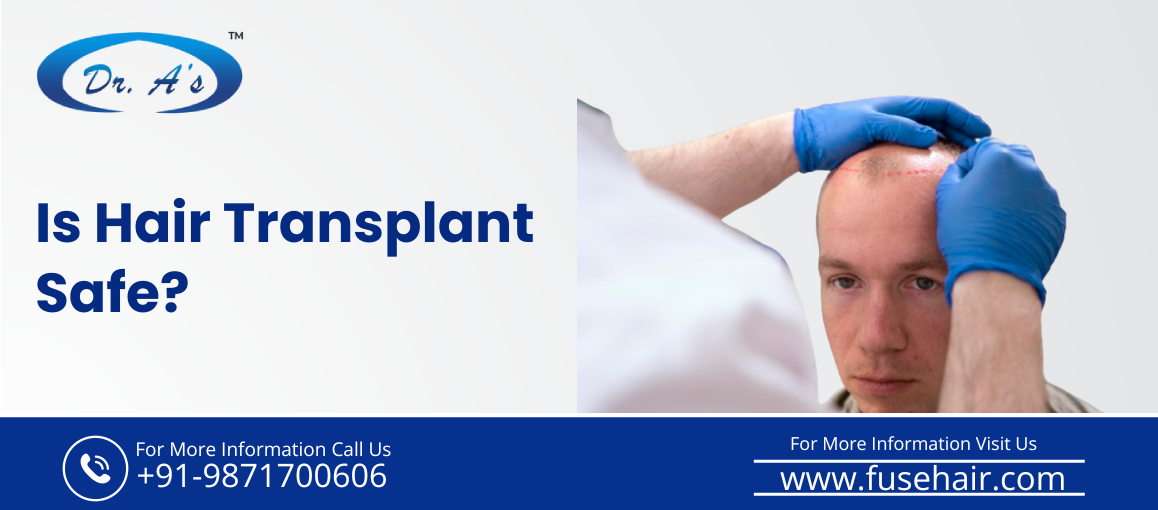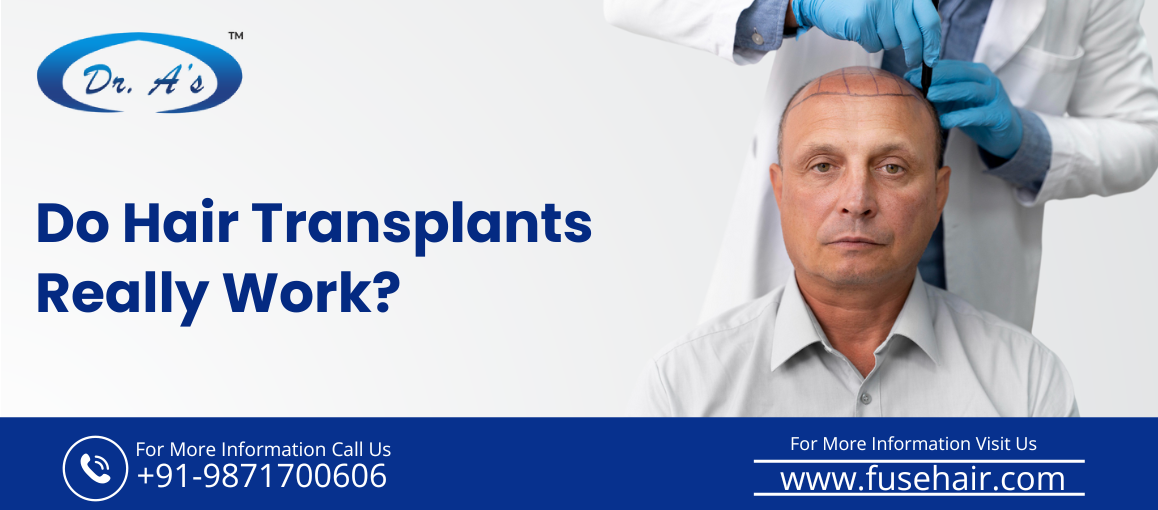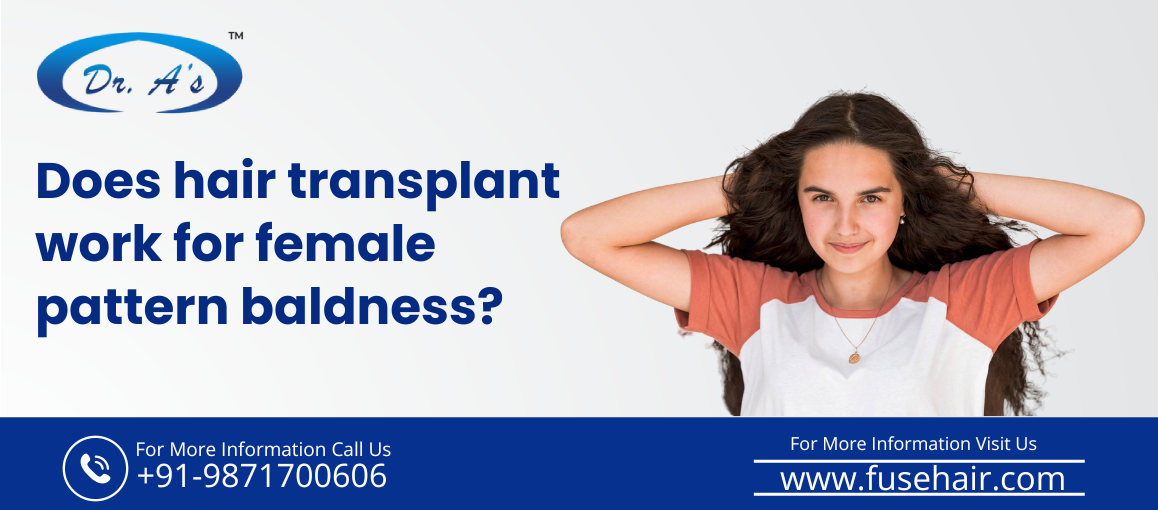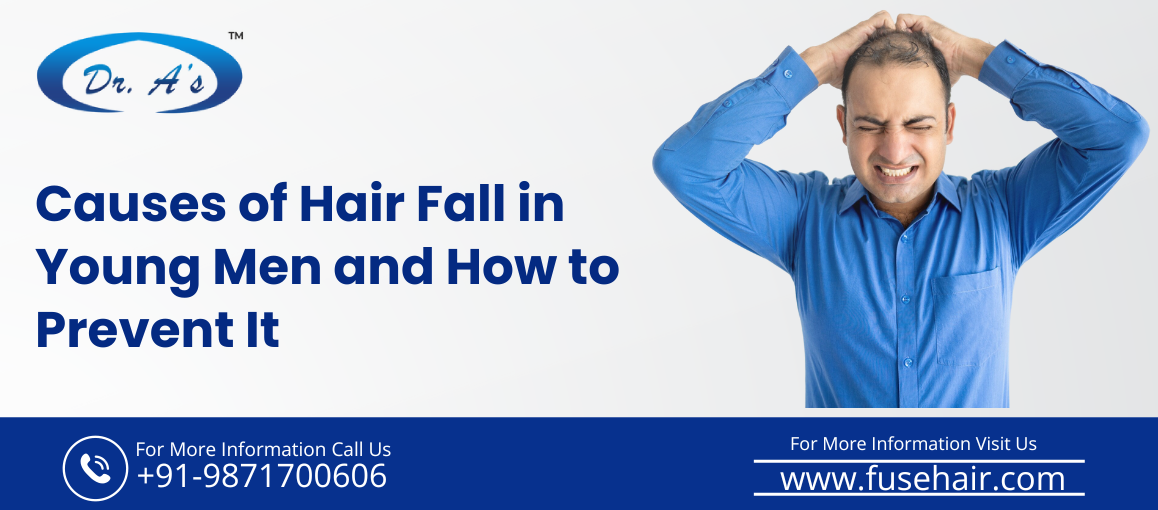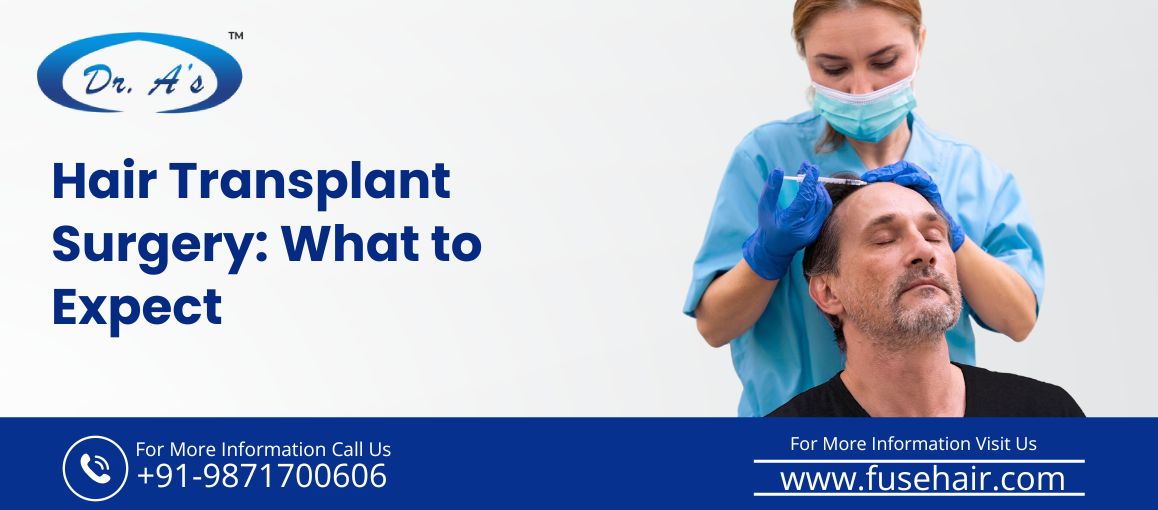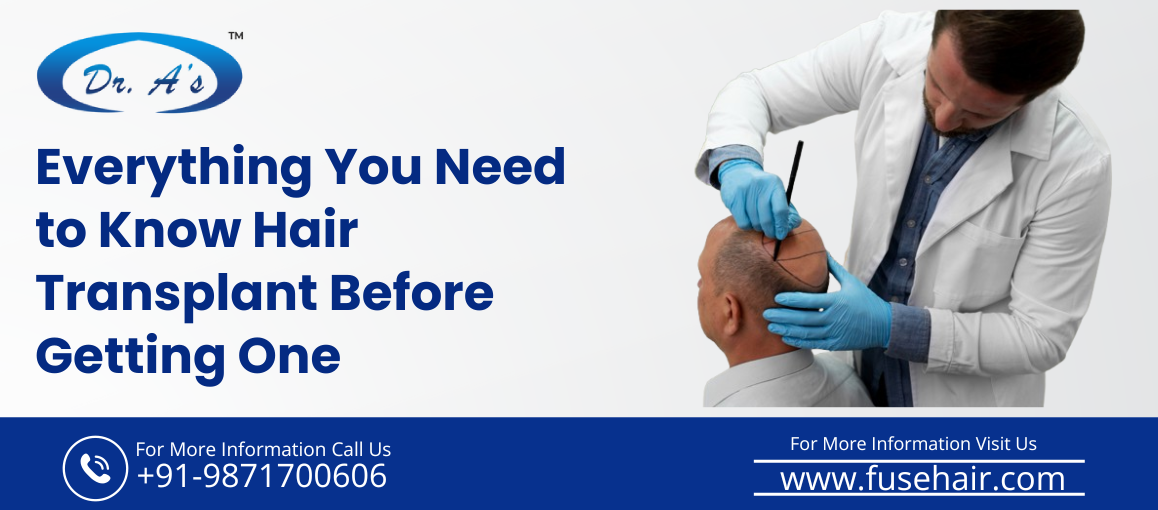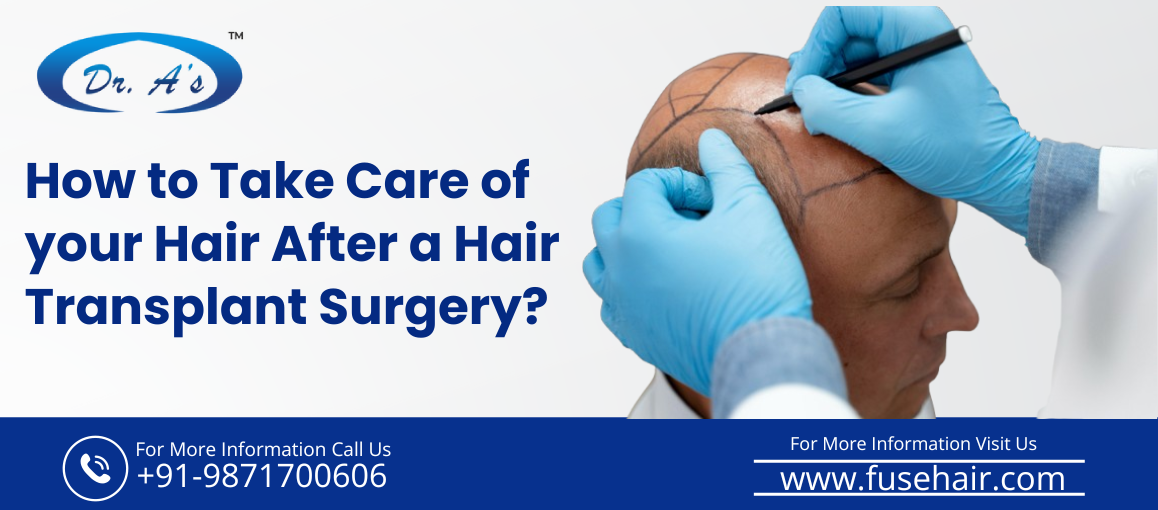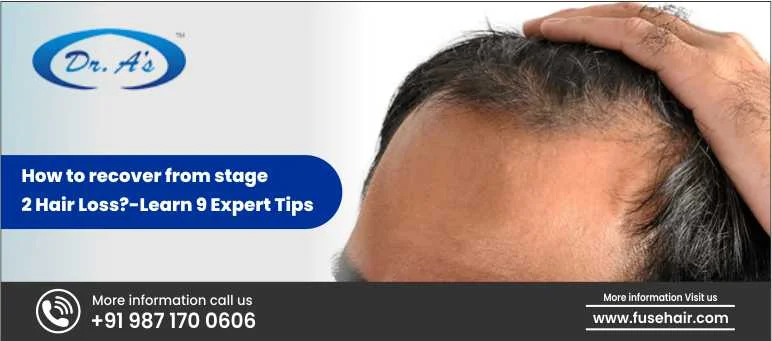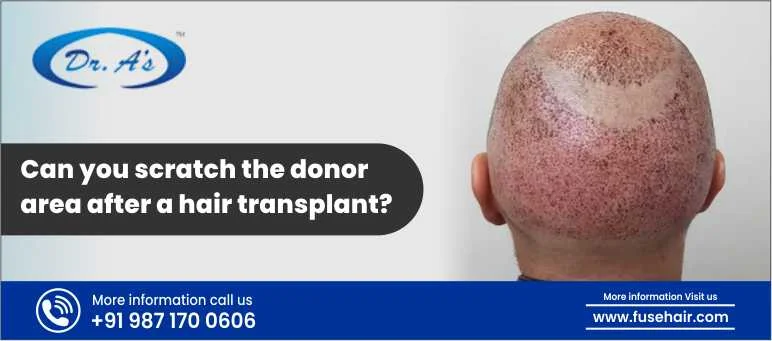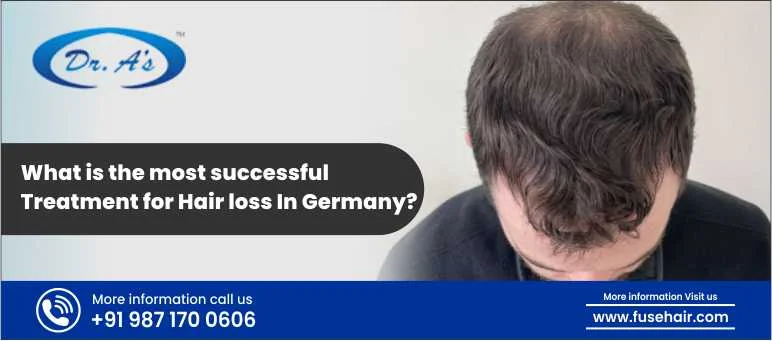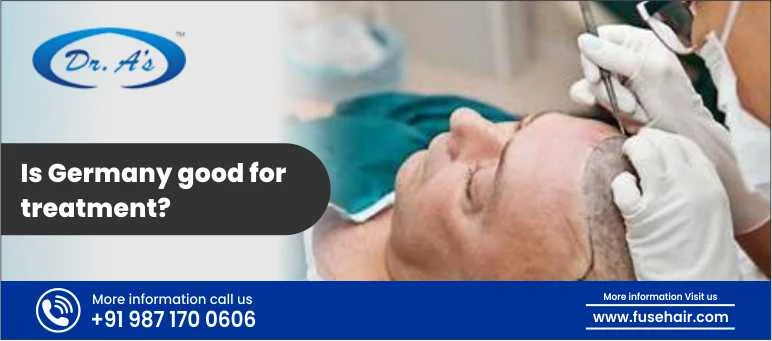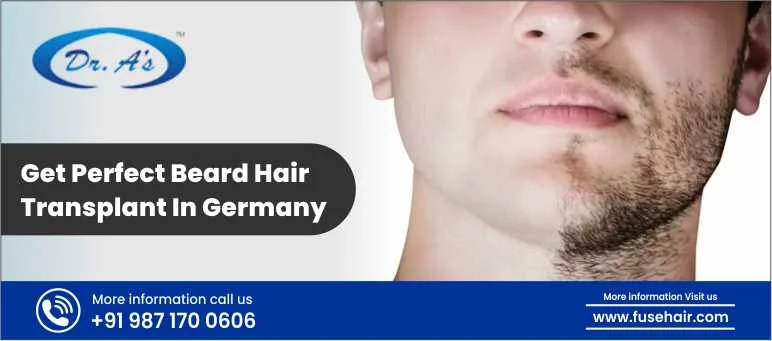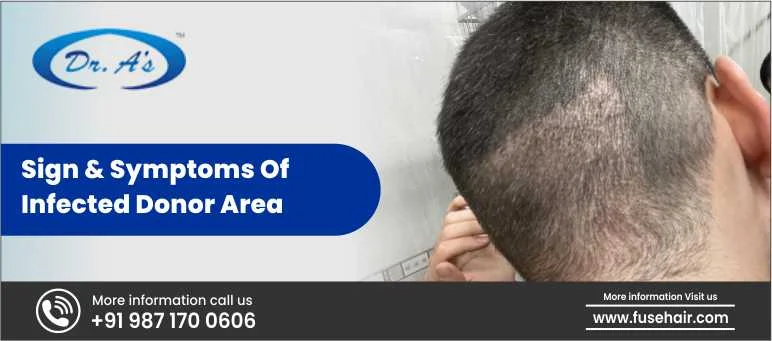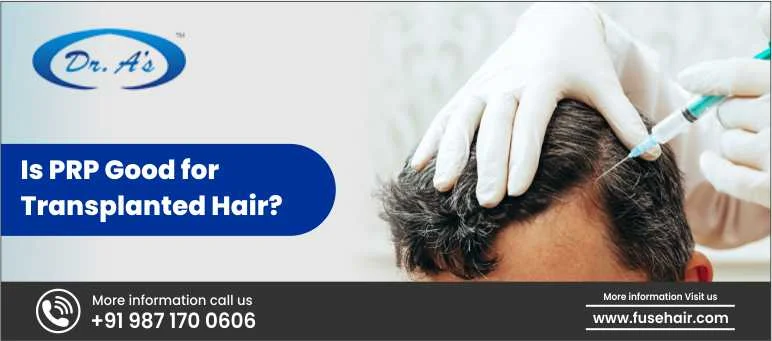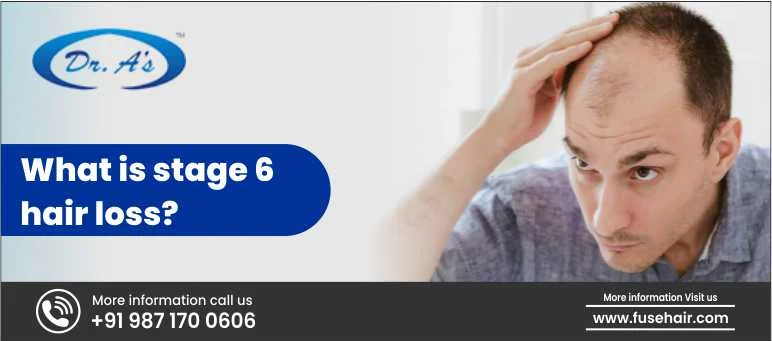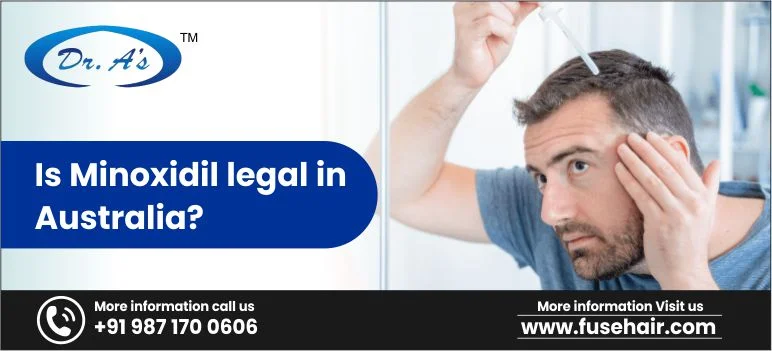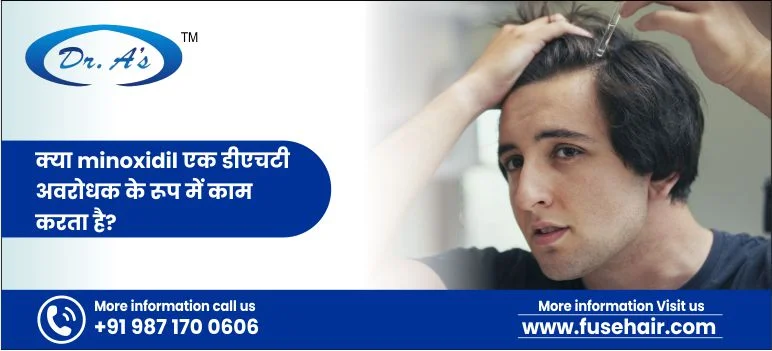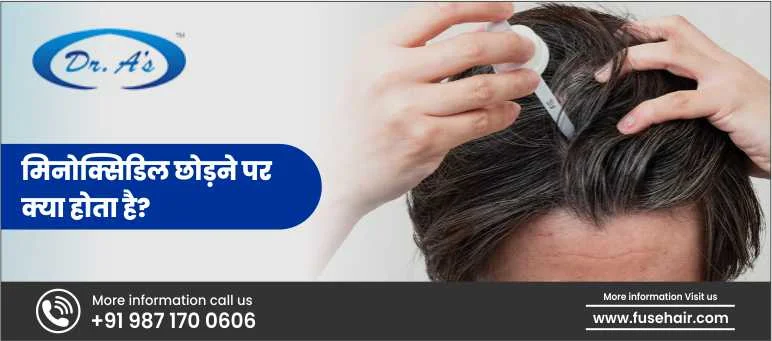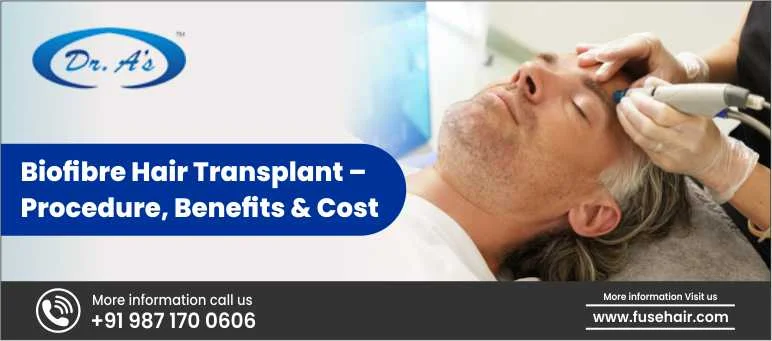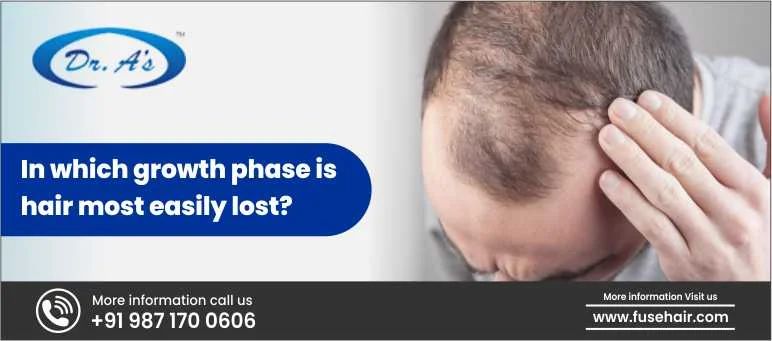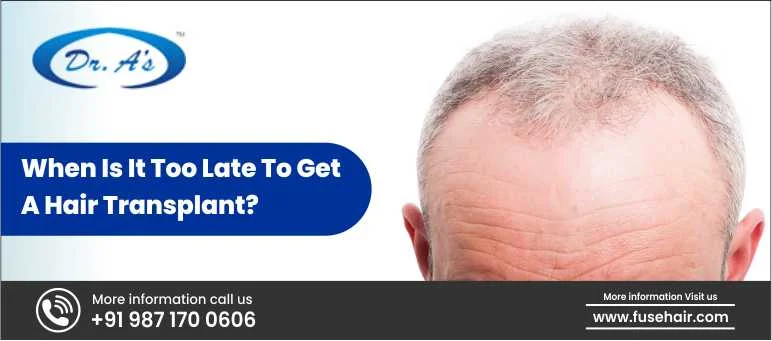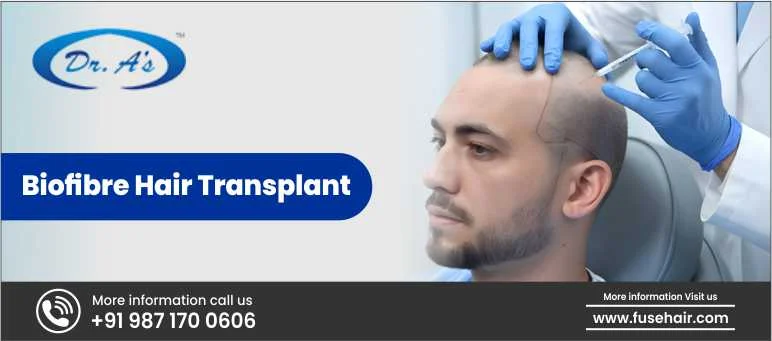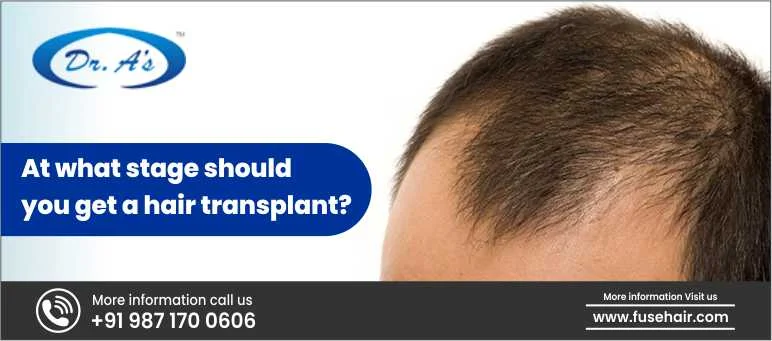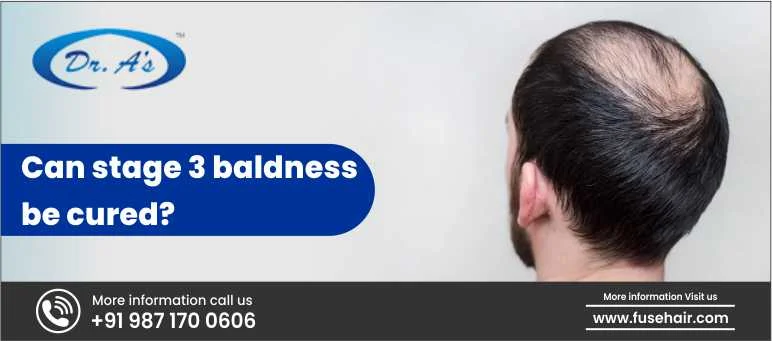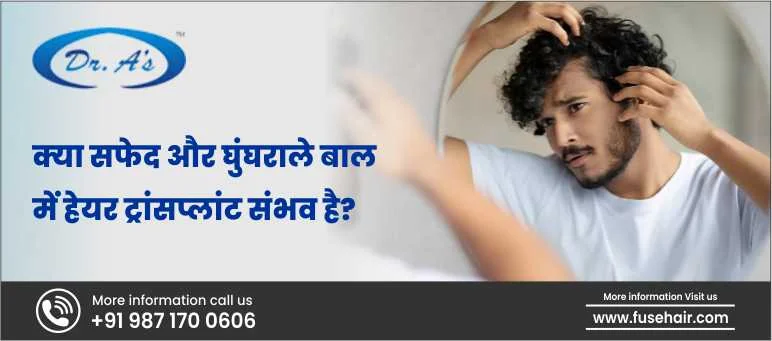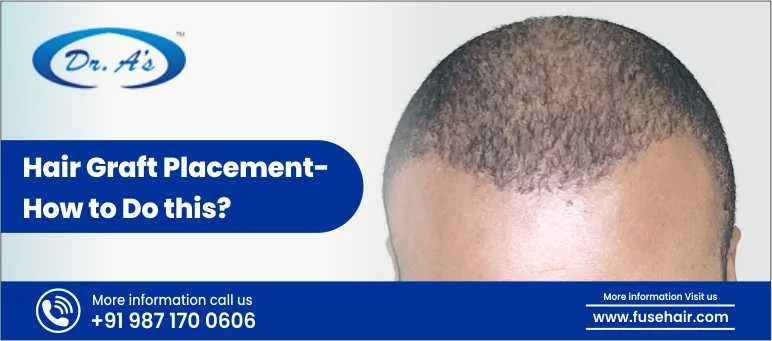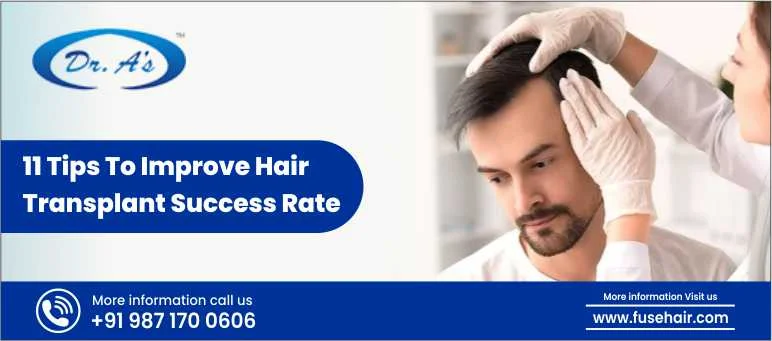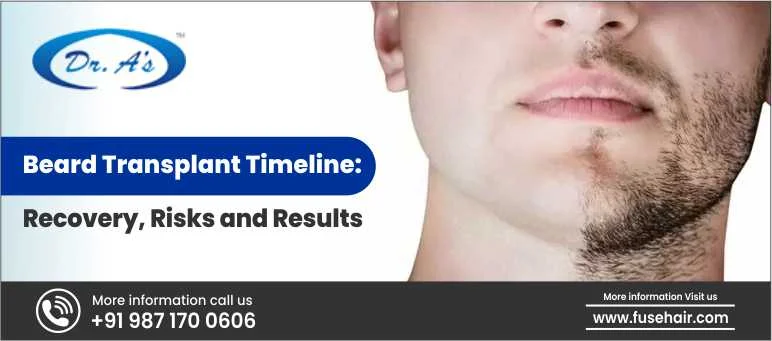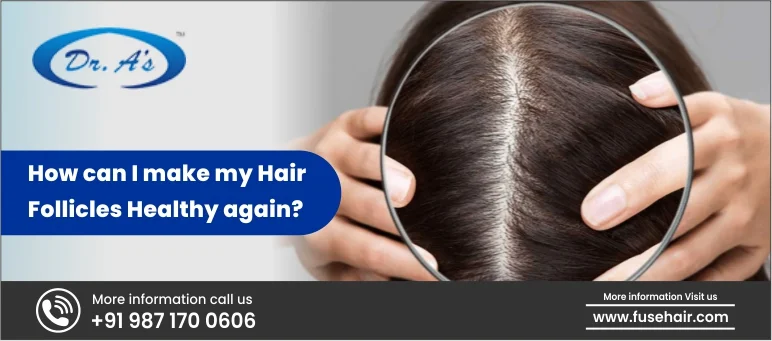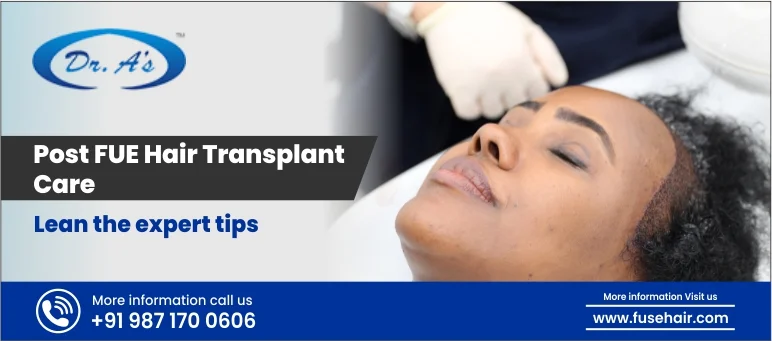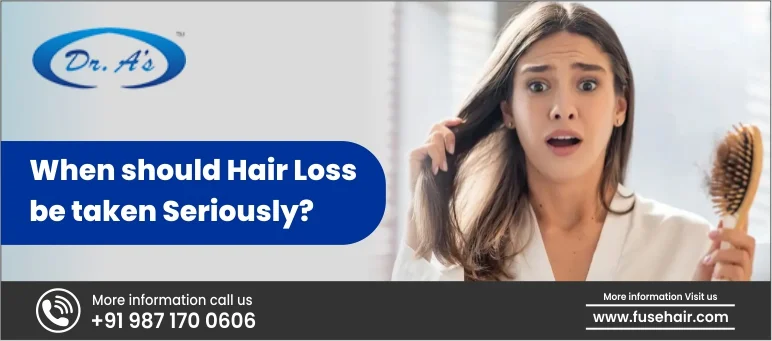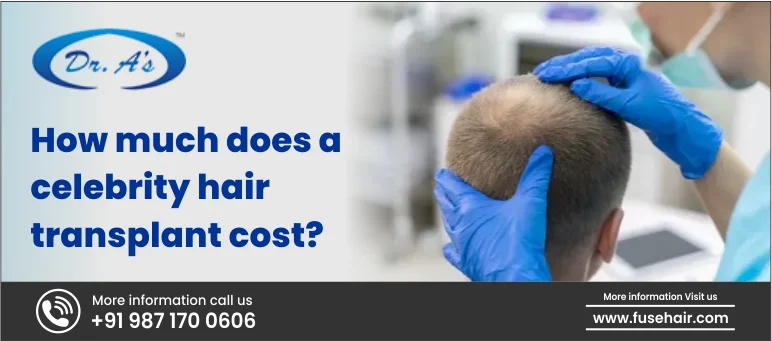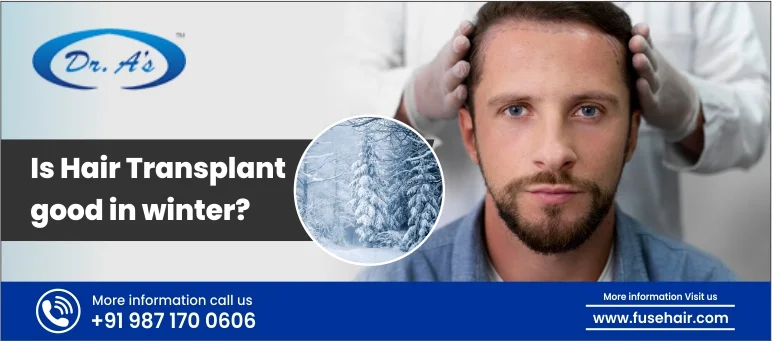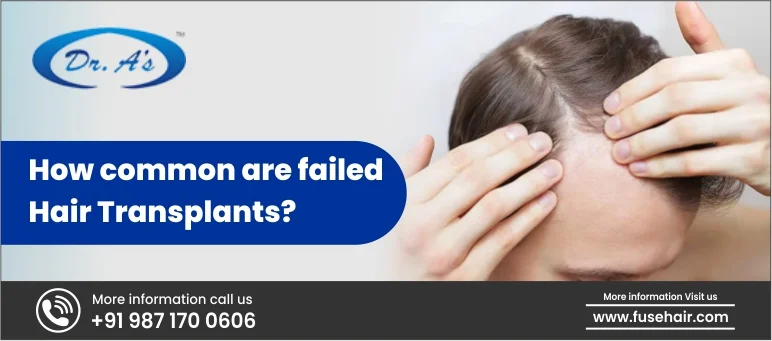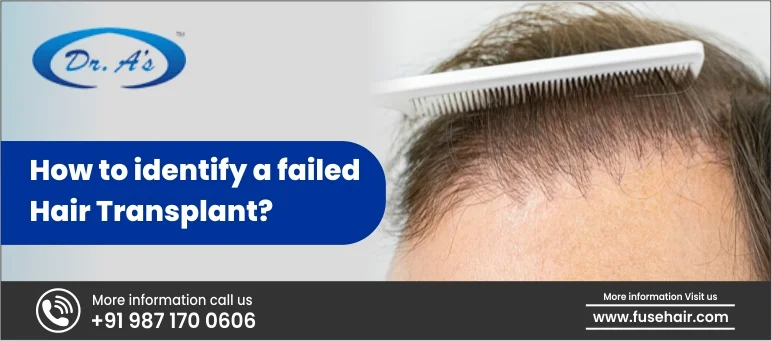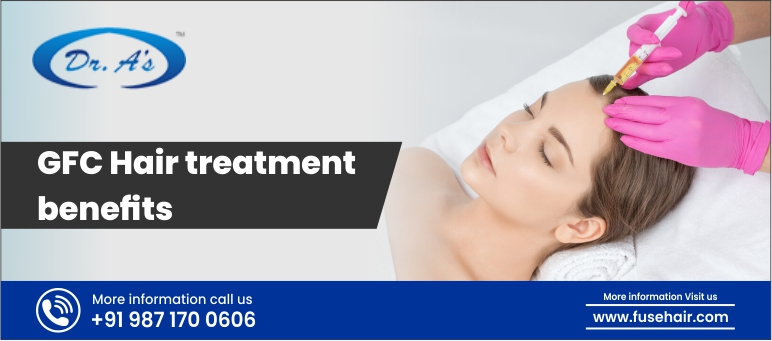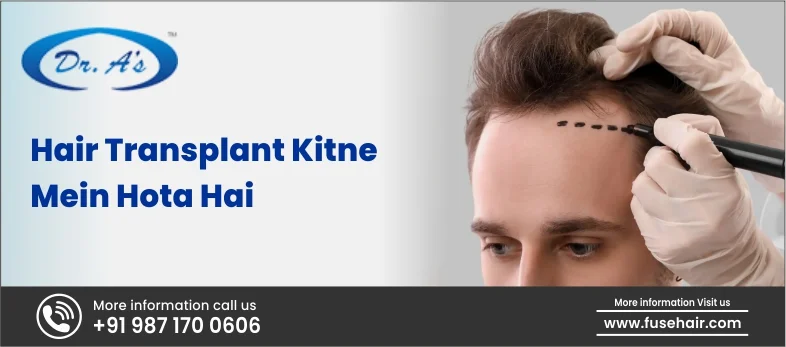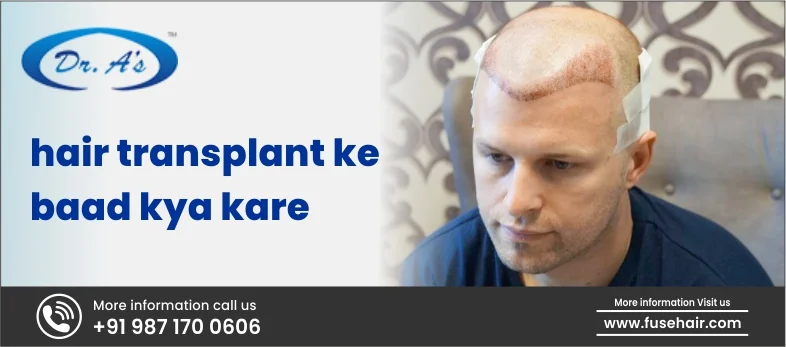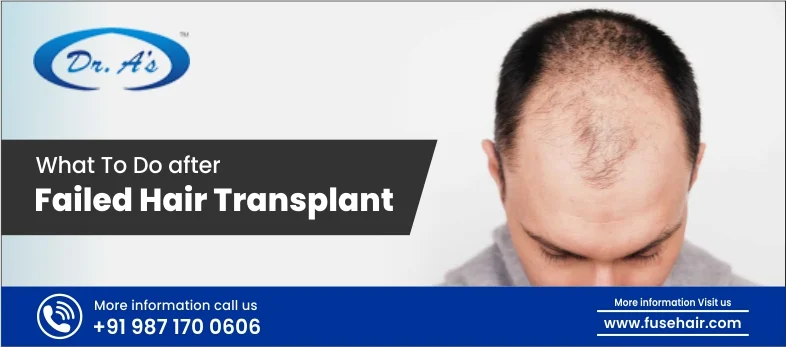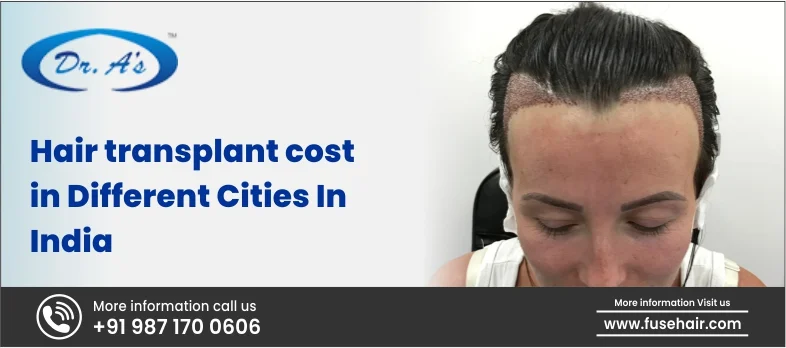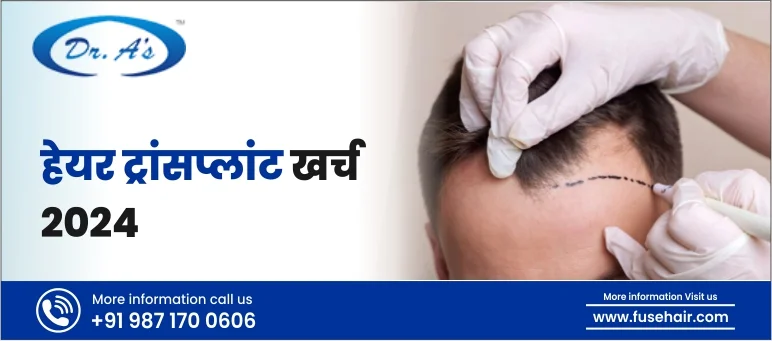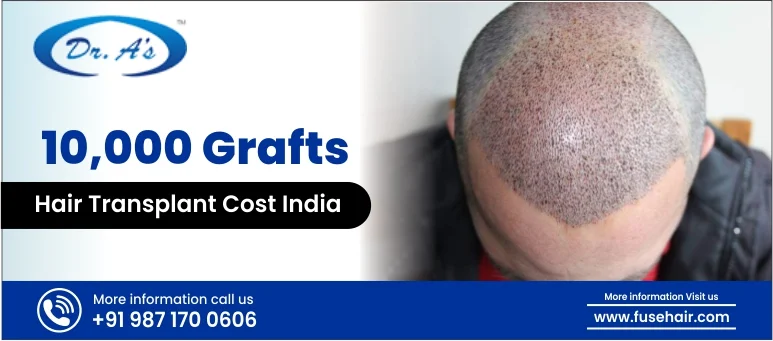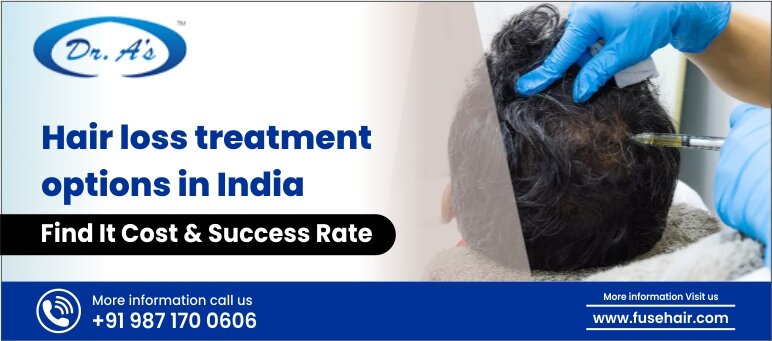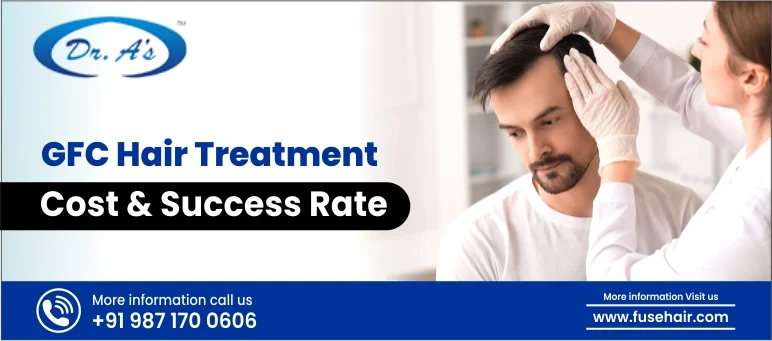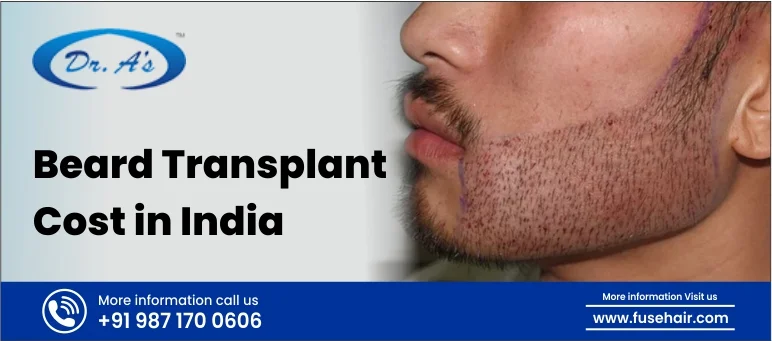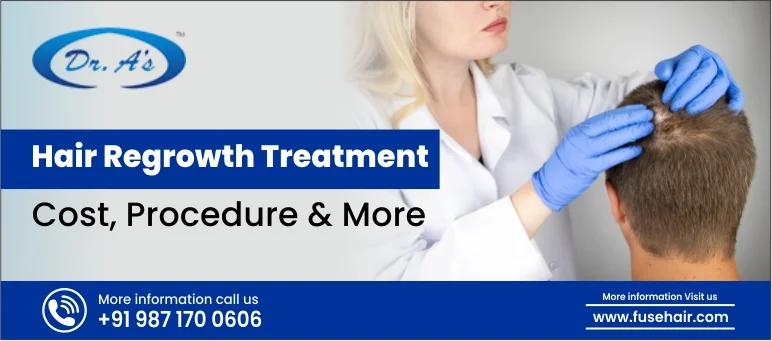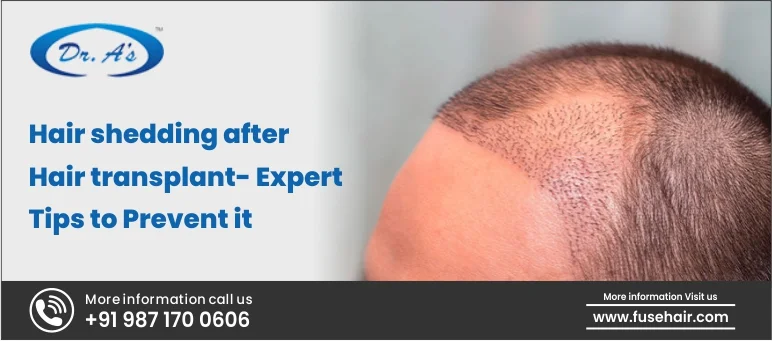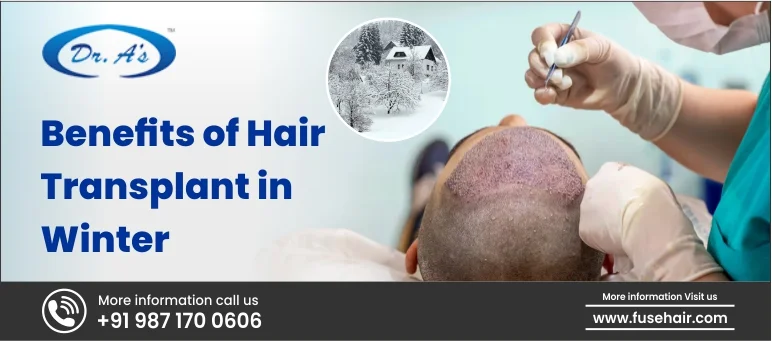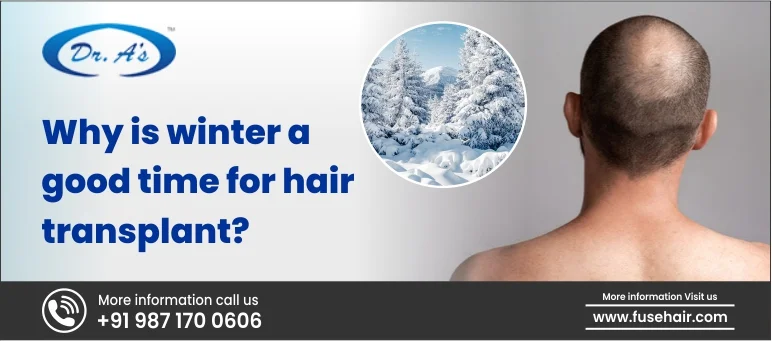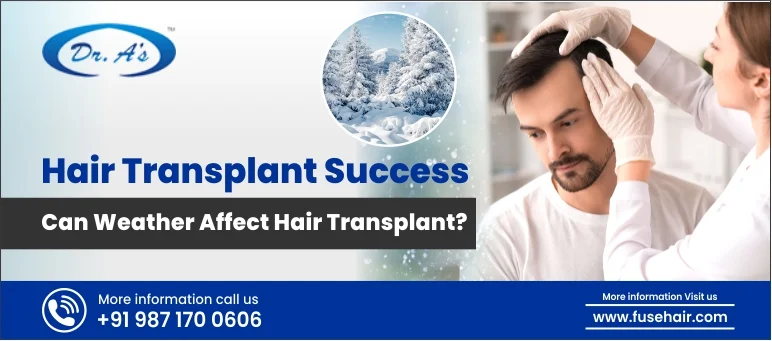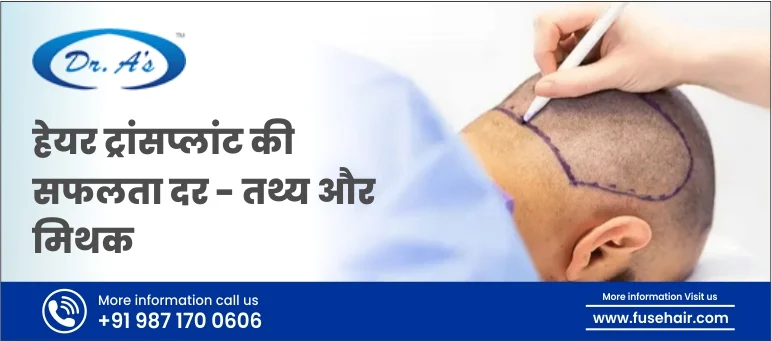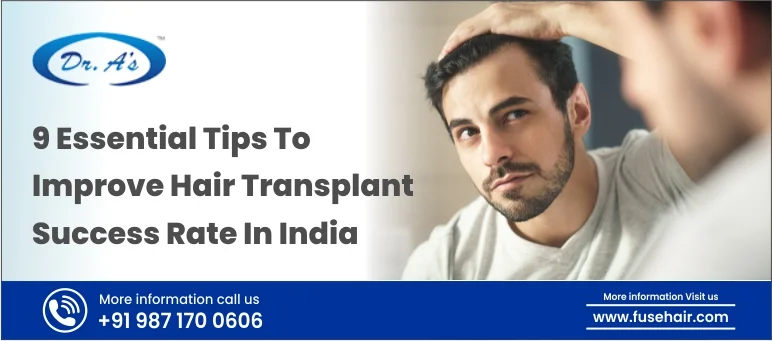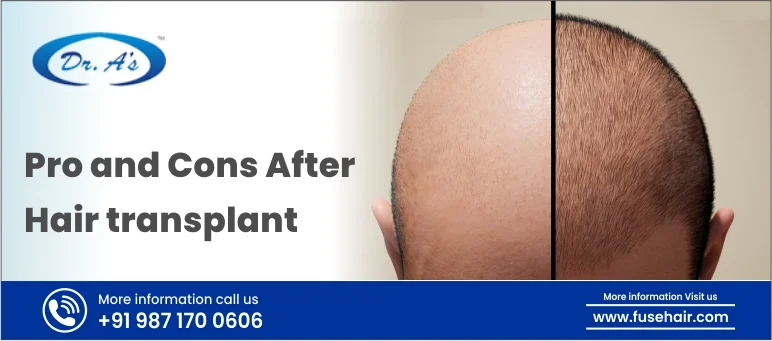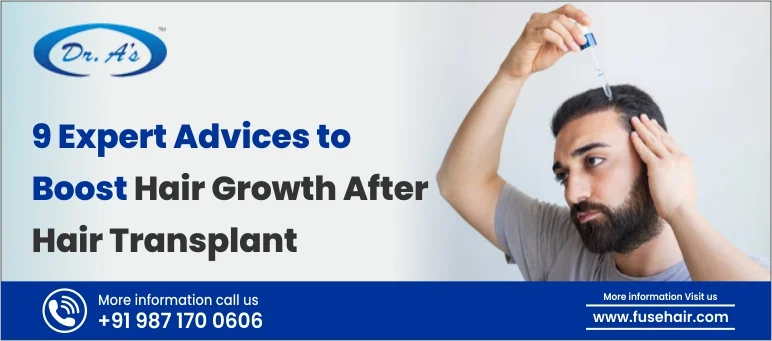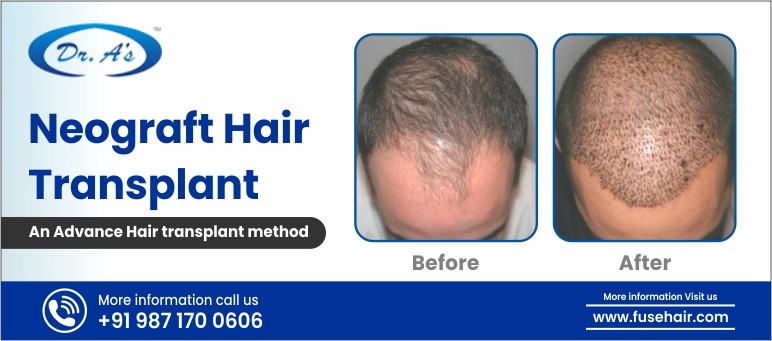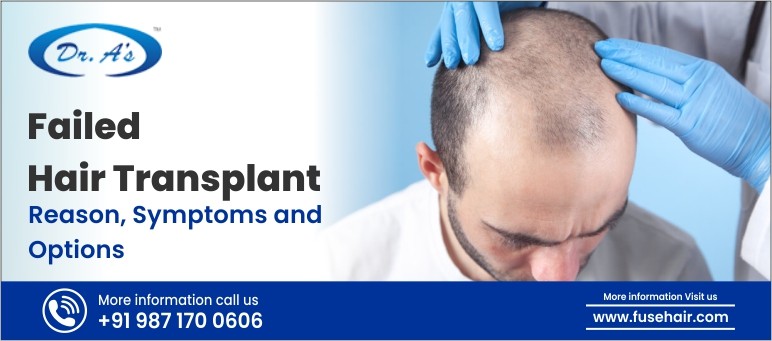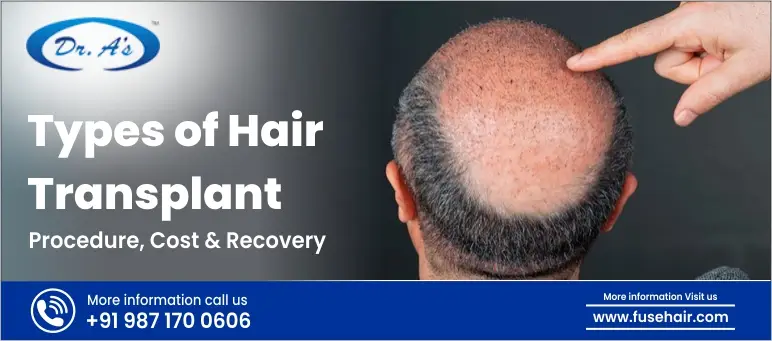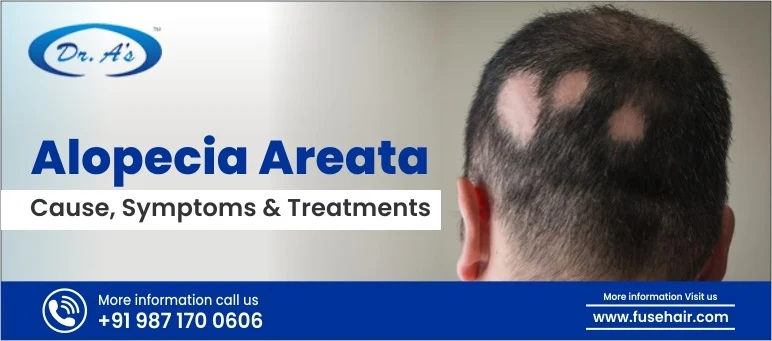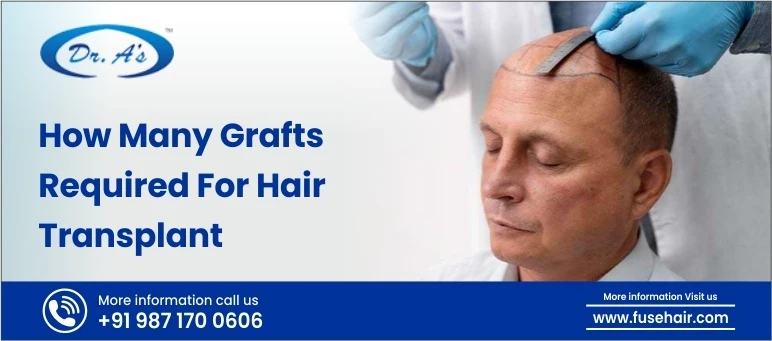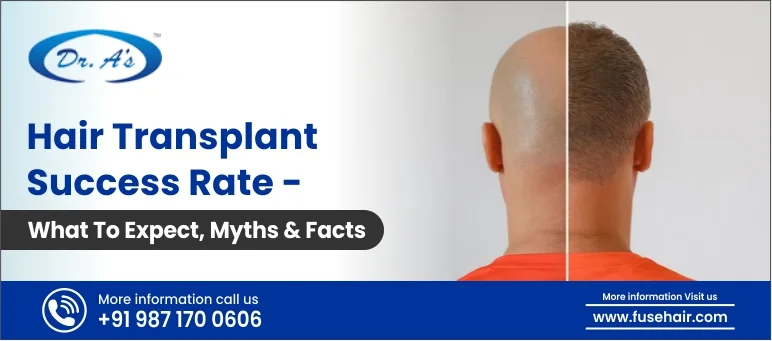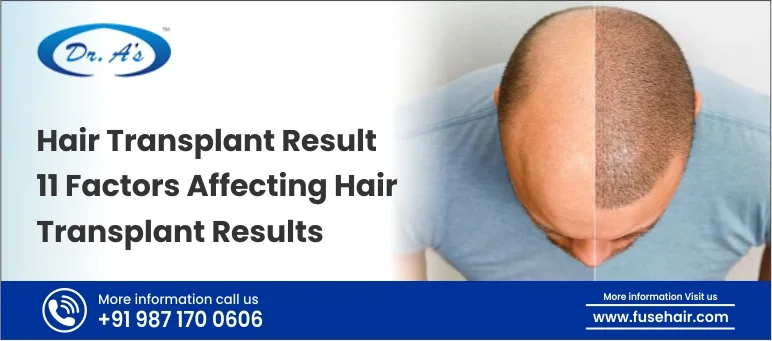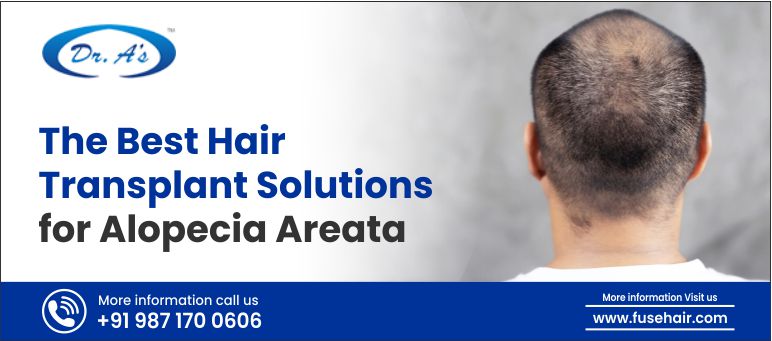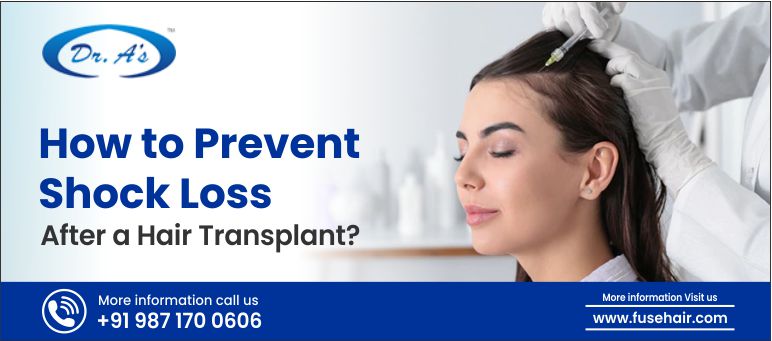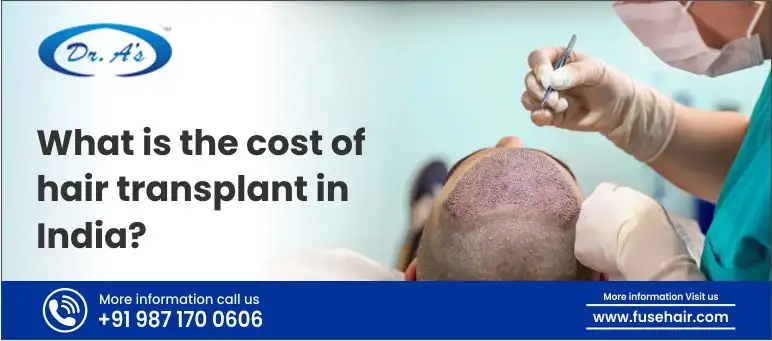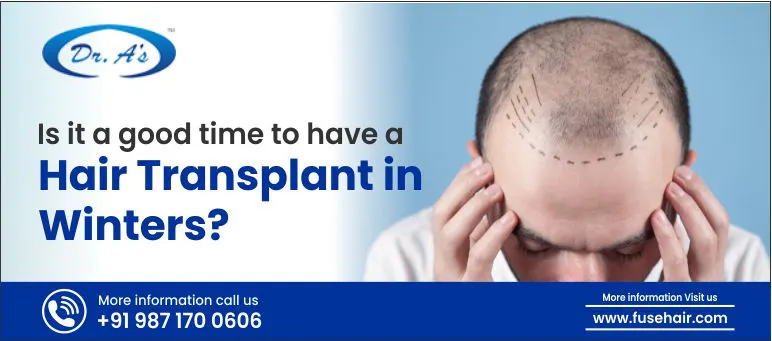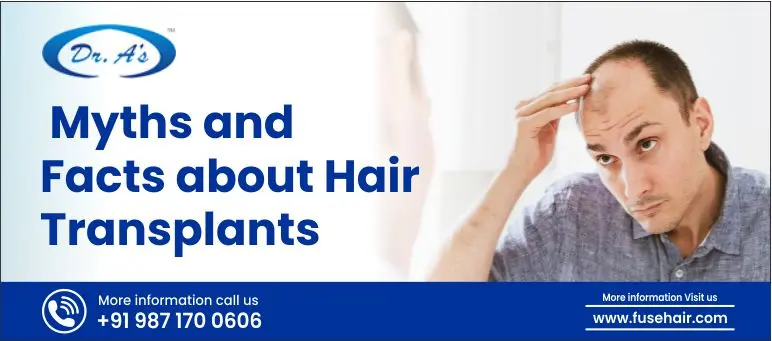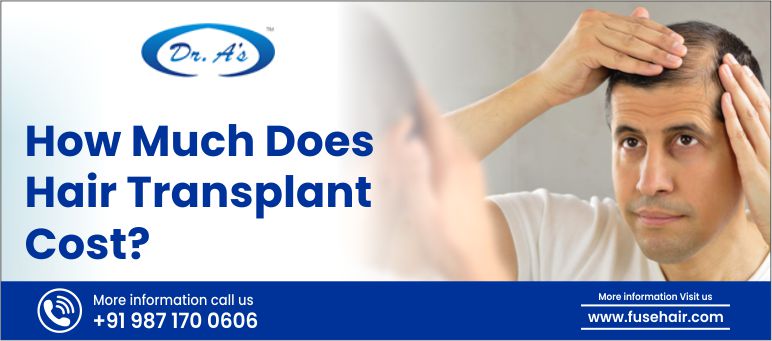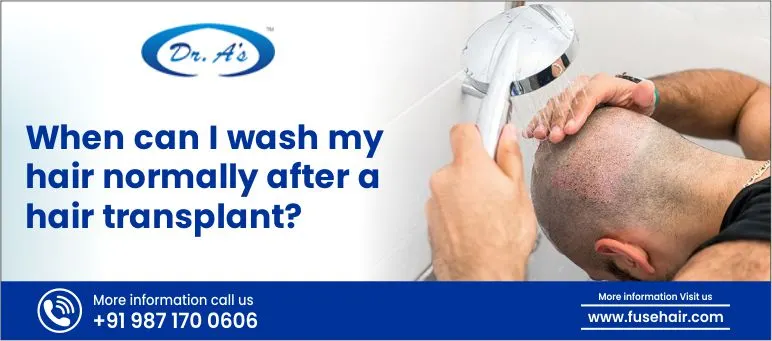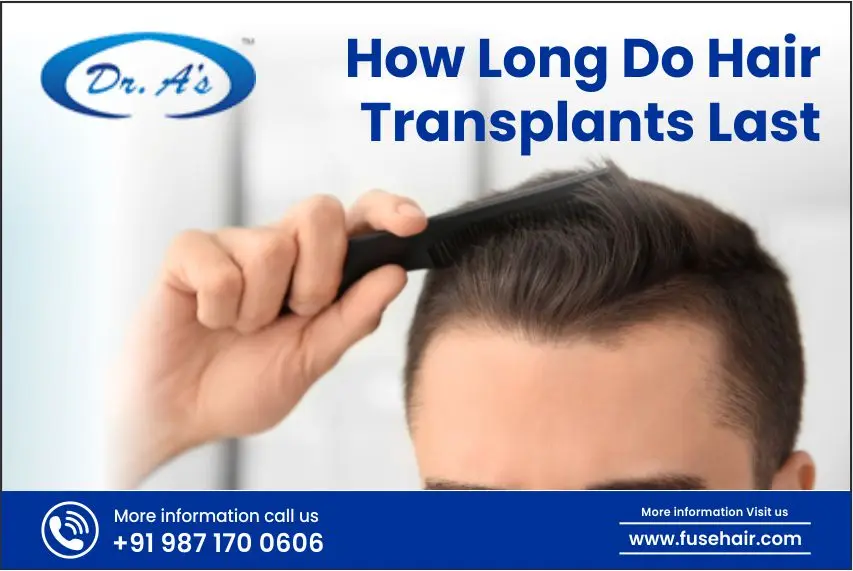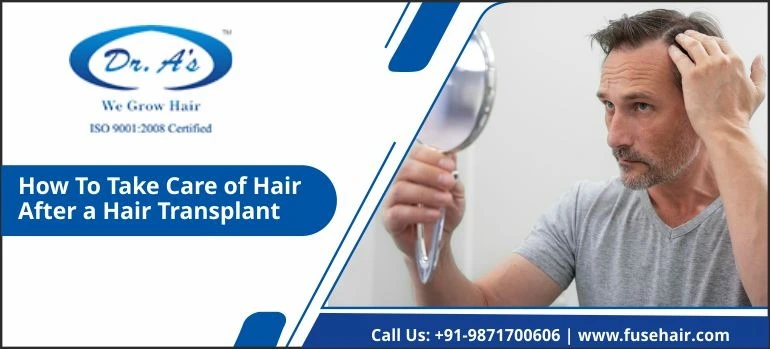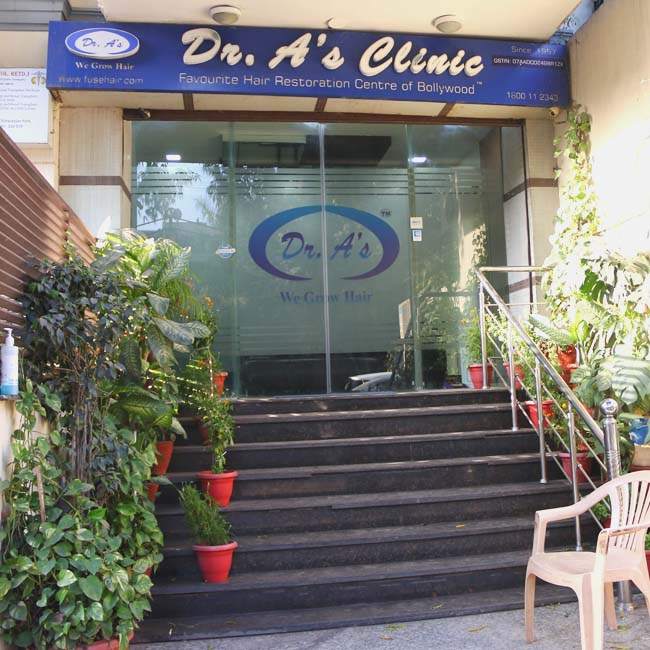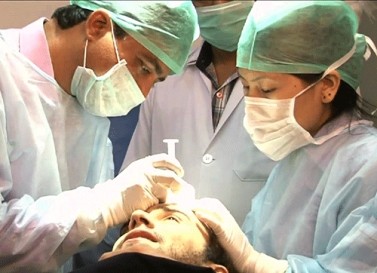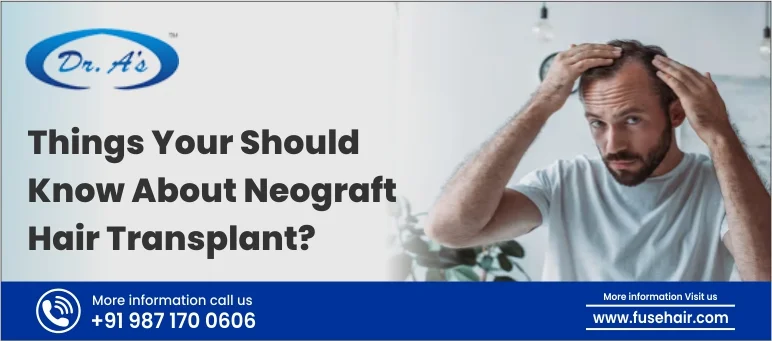
NeoGraft transplant procedure is one of the most sought-after hair transplant procedures in the world. It revolutionized hair loss treatment by providing a non-invasive solution to hair loss that results in natural-looking hair. This procedure has also proven to be a game changer because of the ingenuity of the doctors performing this surgery at Fuse Hair.
The doctors at Fuse Hair extract hair follicles in a random pattern to avoid overharvesting for a seemingly natural look with very little downtime. Now, let us take a look at things you should know about NeoGraft hair transplant.
Things You Should Know About NeoGraft Hair Restoration
The following is a list of 7 things you should know before opting for a NeoGraft hair restoration procedure-
-
Suitable Candidates
The ideal candidate for a NeoGraft hair transplant is a person who isn’t inflicted with a chronic health condition that can be exacerbated due to the surgery. For instance, a person who suffers from high blood pressure, blood clotting issues, and uncontrolled thyroid or diabetes cannot get this procedure. These conditions and their medicines can affect the candidate’s ability to tolerate anesthesia and even affect their ability to heal from the transplant. So, a good candidate should be a person in good overall health.
Men with male pattern baldness and women with thinning hair who are older than 25 years of age are the ideal candidates for this surgery. People who are facing the issue of hair loss due to a scalp or burn injury are also suitable candidates. Since the NeoGraft hair transplant cost is high, the ideal candidate for this procedure should be a person who is unable to restore their hairline or reduce hair loss with other remedies.
Other key criteria for judging the suitability of NeoGraft transplants are the cause of hair loss and its impact. Hair loss should not be caused by factors like side effects from medication and excess stress. On the flip side, this procedure is not ideal for people with widespread hair loss throughout the scalp and for people who tend to form thick scars (also known as keloid scars) after surgery.
-
Results
People who undergo this procedure can achieve a natural-looking head full of hair without scarring. It achieves these results by using healthy donor hair from parts of the scalp that are not affected by natural hair loss. Plus, the NeoGraft device used to extract and implant the hair follicles reduces trauma to the hair follicles. The reduction in trauma and damage to the hair follicles improves the survival rate of the transplant.
Prospective candidates for this procedure should be informed that post-surgery, they’ll experience an initial shedding phase. In this phase, they’ll shed the transplanted hair. It is nothing to worry about, as it is expected. 6 to 8 months after this phase, they’ll start seeing new growth in the transplanted area. The results of this procedure tend to be permanent. However, the hair surrounding the transplanted hair can still fall or thin. It is important to have realistic expectations with this procedure.
-
Cost Considerations
NeoGraft Cost depends on various contributing factors. First and foremost, it takes into consideration the cause and extent of hair loss. Then, the number of donor hairs needed is calculated. Furthermore, NeoGraft hair transplant cost takes into account the expertise of the surgeon, the type of facility, and the location of the facility. At Fuehair, the cost of the procedure also includes post-operative sessions, medicine, and proper storage of the hair follicles before implanting. While it is true that this procedure is not very affordable, it is important to consider the long-term benefits, like permanent results and non-invasiveness, before making a decision.
-
Recovery Period
In comparison with other hair transplant treatments, the recovery period of the NeoGraft transplant is extremely short. This is because this procedure doesn’t involve incisions and stitches. Aside from normal surgical complications like scabbing and swelling, patients can go along with their day-to-day activities for a couple of days after this procedure. The level of discomfort experienced by people is also low.
-
Hair Follicle Damage
Compared to traditional Follicular Unit Transplant and Follicular Unit Extraction surgeries, the damage and trauma caused to hair follicles is low. This is partly due to the NeoGraft device used to extract and implant the hair follicles. Studies show that the reduction in hair follicle drama is what enhances the survival rate of the hair follicles and the success rate of the restoration.
-
Sessions
An efficacy study conducted on the NeoGraft hair transplant procedure indicates that the success rate of the implants is higher in cases where the procedure is performed over several months. Fusehair follows the same schedule to achieve natural-looking hair with optimal hair density. Doctors decide the number of sessions required to conduct this procedure based on the health of the hair and the number of hair follicles required to fill the targeted area.
-
Complications
Since the NeoGraft procedure doesn’t require making incisions and sutures, complications occur very rarely. Traditional hair transplant requires harvesting a strip of scalp and transplanting it onto the bald area. For the procedure to succeed, the doctors must ensure that no nerves or blood vessels are destroyed along the way. The risk of complications in NeoGraft surgery is also reduced because it is an automated process.
How NeoGraft Hair Restoration Works?
NeoGraft hair restoration involves harvesting healthy hair follicles from those areas of the scalp that are not prone to baldness. These areas are usually the back and the sides of the head. To harvest the hair, the doctors shave the patient’s head and use local anesthesia to numb the head. Experienced doctors, like the ones at Fusehair, tend to harvest the hair follicles in a random pattern. Once the extraction is completed, the donor site is left to heal. The doctors then transplant the donor hair follicles to the balding spots using a specialized NeoGraft device.
This device creates tiny punctures on the balding or thinning spots of the head. It then inserts each hair follicle graft into the tiny punctures using reversed pneumatic pressure. Usually, doctors will repeat this process multiple times in the next couple of months to achieve a healthy and natural head of hair. NeoGraft hair transplant isn’t done in one go to reduce the risk of complications, like scabbing and overharvesting. After the hair has been implanted, the doctors dress the implantation and donor site.
Since NeoGraft is a non-invasive surgery, the patient is not required to recover at the clinic unless there are any complications. Patients will notice scabbing on their scalp only a couple of hours after the surgery. Scabbing is not only normal but also considered a healthy sign of recovery as it signifies that your body has started the healing process. It is important not to pick on the scabs due to the risk of infection. Patients are also advised to not wash their hair after the operation and to wait a couple of days. Furthermore, they cannot wear hats or take part in extraneous activities for the next 14 days to aid the healing process.
Neograft hair transplant services offered by Fusehair are safe, non-invasive, and an effective solution to hair loss. By consulting with the qualified hair transplant specialists at Fusehair, you can make an informed decision about whether NeoGraft is the right procedure for you or not.
FAQ
Is NeoGraft the best hair transplant?
While there are several wonderful alternatives to NeoGraft, NeoGraft is preferred by many because of its minimally invasive techniques. During this procedure, no incisions are made to extract hair follicles from the donor area; this leads to natural results and reduced downtime. Neograft is also suitable for a wide range of hair types. Furthermore, NeoGraft’s cost of treatment is less in comparison with other treatments.
What to expect after NeoGraft?
After undergoing a NeoGraft procedure, it is important to be extra gentle with your scalp and follow the doctor’s post-operation instructions. It is common for people to experience swelling, redness, and scabbing of the donor and recipient area. The best NeoGraft hair transplant doctors strongly advise not to scratch or pick at the scabs and prescribe ointments and antibiotics to reduce discomfort. A couple of days after the procedure, the transplanted hair will start to shed. This is normal. New hair will start growing a couple of months after the procedure.
How long does NeoGraft hair transplant last?
Once the donor’s hair has settled in the transplanted area, the hair starts growing like normal hair. The results of a NeoGraft transplant tend to be permanent because the transplanted hair is often harvested from areas of the scalp that are not prone to genetic alopecia. It is important to note that while the transplanted hair is permanent, the surrounding hair might still be subject to hair loss.
What are the side effects of NeoGraft?
Although the NeoGraft procedure is considered the safest hair transplant method, it does have some side effects. For instance, overharvesting of hair follicles can cause the donor patch to have a shabby appearance. The harvested area can also experience scabbing. Furthermore, the results of this procedure can look unnatural if the hairs are not implanted at the right angle. Some people also experience shock hair loss, along with inflammation, ingrown hairs, and infections.
Does NeoGraft Look Natural?
The results of a NeoGraft transplant are seemingly natural because it utilizes your natural hair for the transplant. The best NeoGraft hair transplant doctors go through painstaking efforts over multiple sessions to transplant harvested hair in small batches to create a fuller and natural-looking head of hair.

